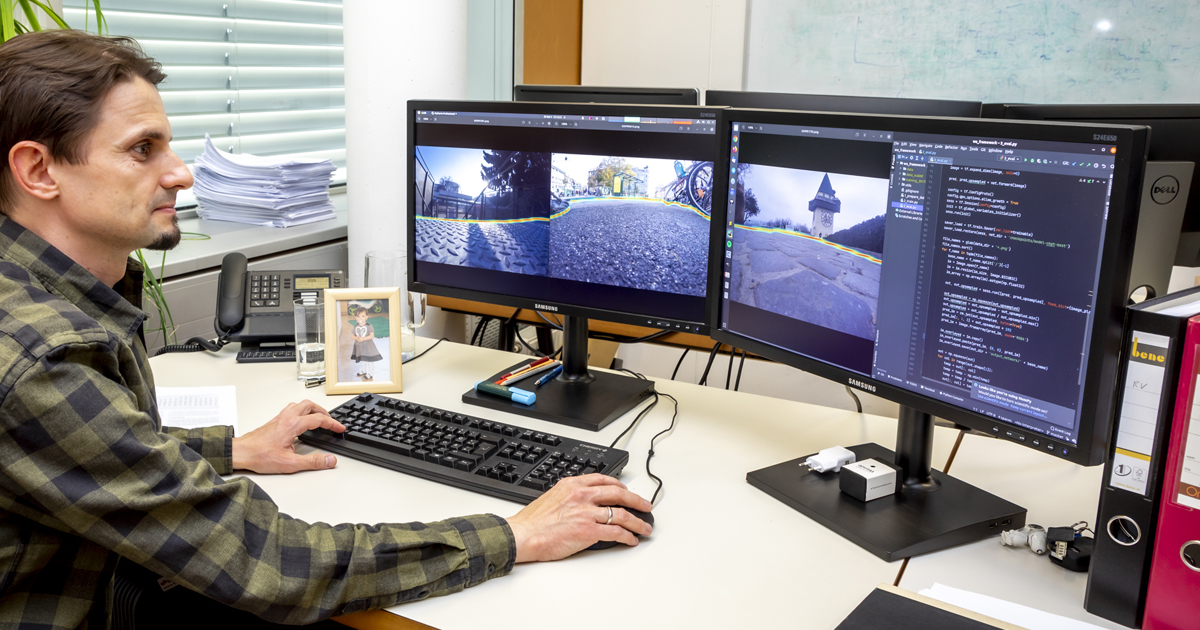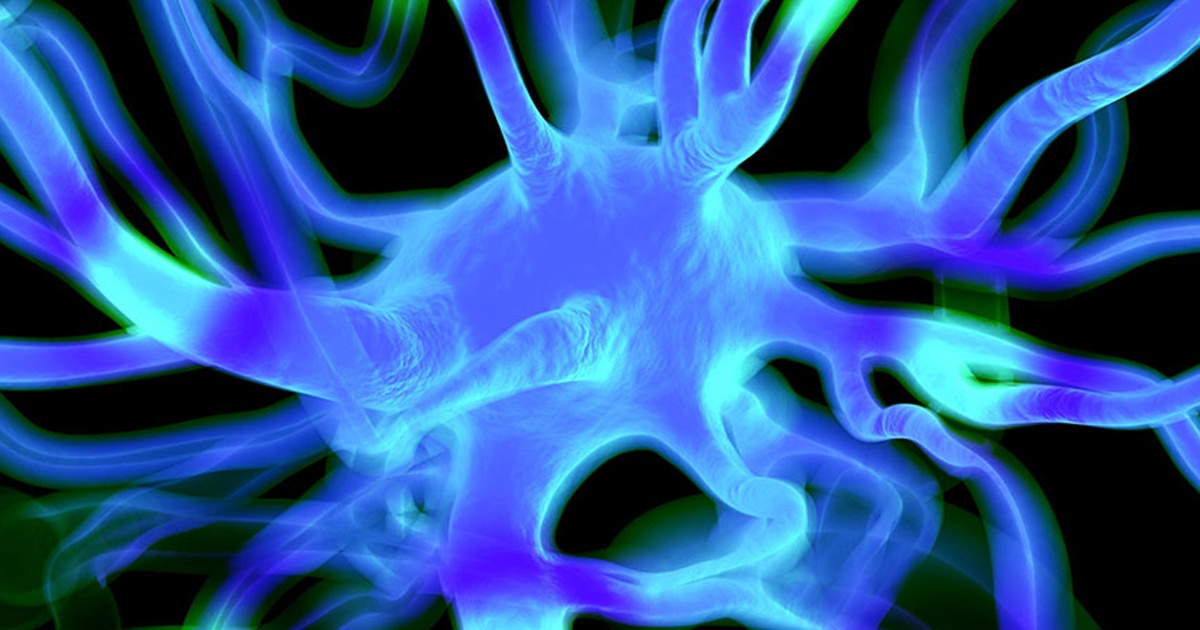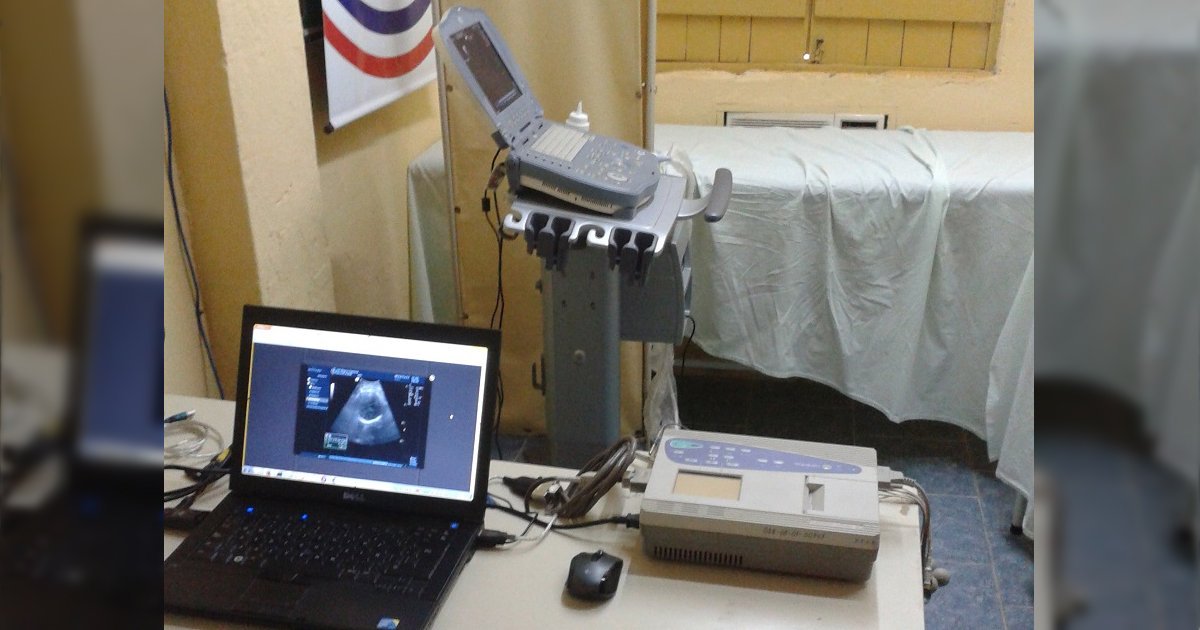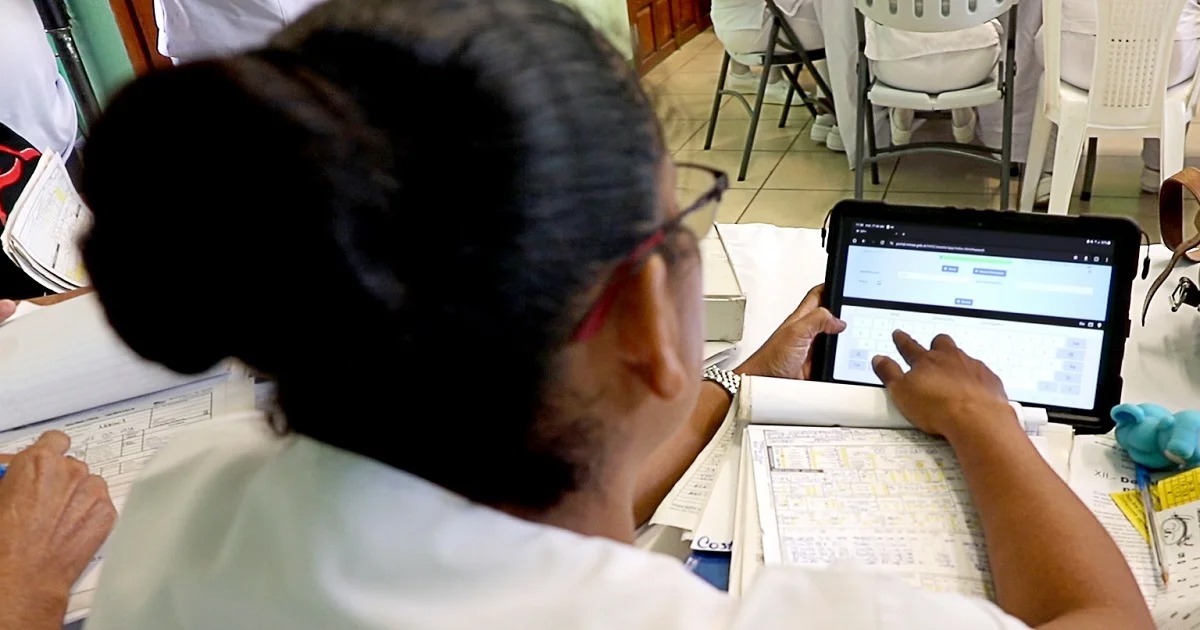Researchers at Technological University of Graz (TU Graz) in Austria have developed an algorithm for a shoe-based assistance system for the visually impaired.
Computer scientists at TU Graz, developed an image recognition system based on Artificial Intelligence (AI) and cameras to warn visually impaired people about obstacles in their path.

Tec-Innovation, an Austrian technology company developed a smart shoe for obstacle detection and has recently been cleared as an approved medical device. “Ultrasonic sensors on the toe of the shoe detect obstacles up to four meters away. The wearer is then warned by vibration and/or acoustic signals. This works very well and is already a great help to me personally,” says Markus Raffer, one of the founders of the company.
Since 2016, the TU Graz, has been involved as a cooperation partner with the company. In this way, the Rafter Institute for Computer Graphics and Vision has continued to work on adding cameras to the product. “We have developed state-of-the-art deep-learning algorithms modelled on neural networks that can do two main things after detecting and interpreting the content of the image. They use camera images from the foot perspective to determine an area that is free of obstacles and thus safe to walk on. And they can recognize and distinguish objects”, explains Friedrich Fraundorfer, one of the scientists at TU Graz involved in the project.
Through the algorithms entered by machine learning and the development of powerful processors, the smart shoes can operate a mobile shoe system. The Austrian company aims for the prototype to include the camera and processor inside the shoe in a comfortable and sturdy form.
A navigation map
The next improvement to the system seeks to combine the information each shoe collects into a navigation map. “As it currently stands, only the wearer benefits in each case from the data the shoe collects as he or she walks. It would be much more sustainable if this data could also be made available to other people as a navigation aid,”Fraundorfer explained. For this new project they have submitted an application for funding to the Austrian Research Promotion Agency.






